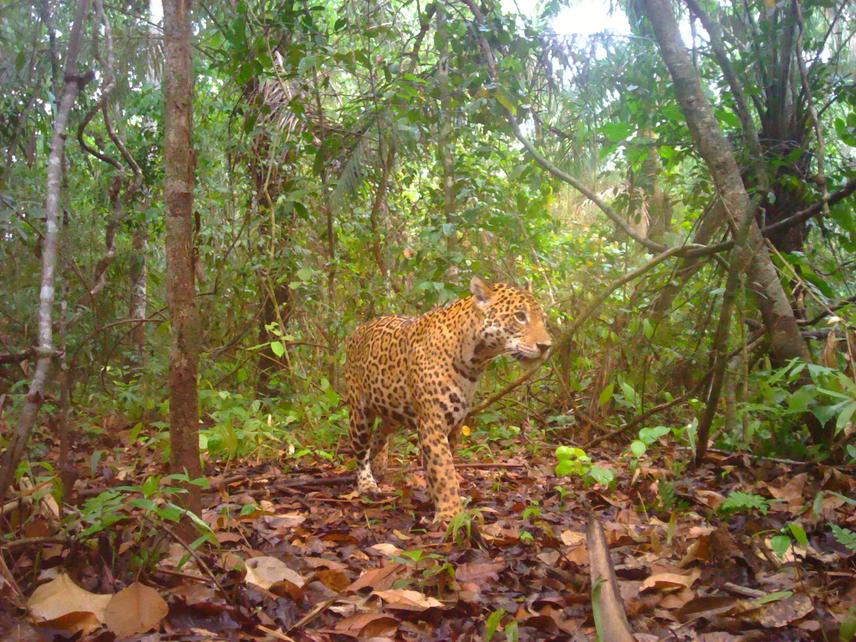Guilherme Costa Alvarenga
Habitat loss and fragmentation are among the leading threats to biodiversity, making the preservation of wildlife corridors essential for maintaining connectivity between populations. For jaguars (Panthera onca), the largest feline in the Americas, connectivity between strongholds such as the Amazon and Pantanal is vital for long-term survival. For over 15 years, conservation strategies relied on a single expert-based corridor model (Rabinowitz & Zeller, 2010), which identified the eastern border of Bolivia as the only potential link between the Pantanal and Amazon.
However, new GPS tracking data from 172 jaguars has enabled the development of an updated corridor network, revealing that the region between Cáceres and the Parecis Indigenous Territory in Mato Grosso – the Pantanal-Amazon Corridor (PAC) – may serve as a viable movement pathway (Alvarenga et al., in preparation). The PAC is a biologically rich transition zone where the Pantanal, Cerrado, and Amazon biomes converge, creating habitat for species typical of both savanna and rainforest ecosystems. Privately owned ranching properties dominate the landscape, but natural habitats along major rivers remain, offering potential routes for wildlife. Despite this promise, threats from deforestation, agricultural expansion, and jaguar persecution intensifying. Without intervention, the PAC risks becoming a “sink corridor” facilitating movement but reducing survival and connectivity.

Jaguar. © Project Conecta.
This project seeks to validate whether the PAC functions as an effective corridor, supporting jaguar movement, genetic flow, and coexistence with rural landowners. Jaguars, listed as Near Threatened by the IUCN and included in CITES Appendix I, have already lost more than half of their historical range, with isolation of populations accelerating due to agricultural frontiers (INPE, 2025). Establishing the PAC as a functional corridor could ensure demographic and genetic exchange between two of South America’s most important jaguar populations. Beyond jaguars, the project will deliver benefits for other threatened species such as tapirs (Tapirus terrestris), giant armadillos (Priodontes maximus), marsh deer (Blastocerus dichotomus), and white-lipped peccaries (Tayassu pecari). These species, crucial as prey or ecological engineers, are increasingly affected by habitat loss and hunting pressures in the PAC.
The research will combine ecological data with local perspectives, assessing jaguar habitat use, mapping threats, and engaging landowners to reduce conflict and persecution. By strengthening the PAC’s conservation profile, this work will not only help secure one of the last functional links between the Pantanal and Amazon but also contribute to broader efforts to preserve landscape connectivity, enhance ecosystem resilience, and support sustainable coexistence between people and wildlife.